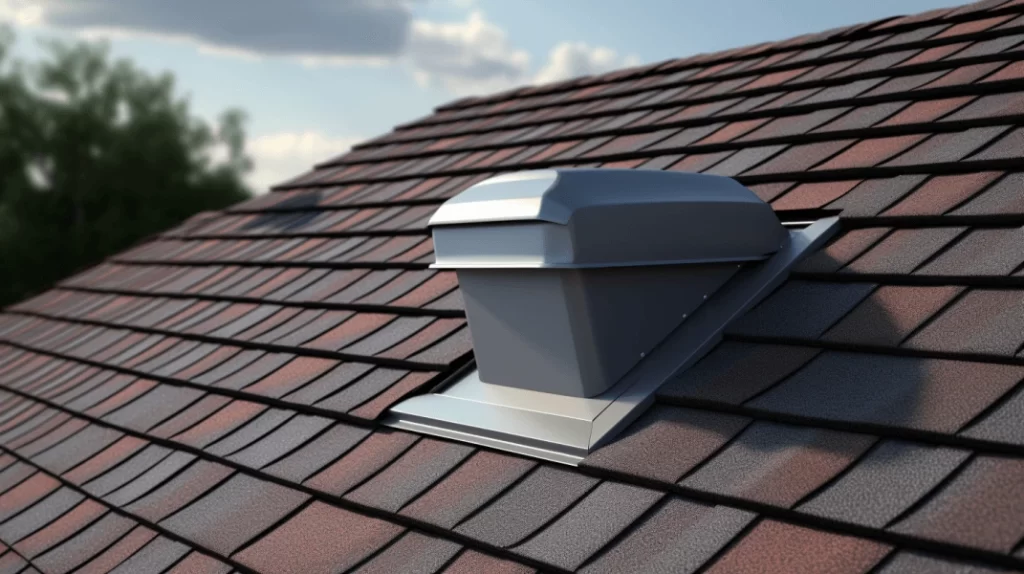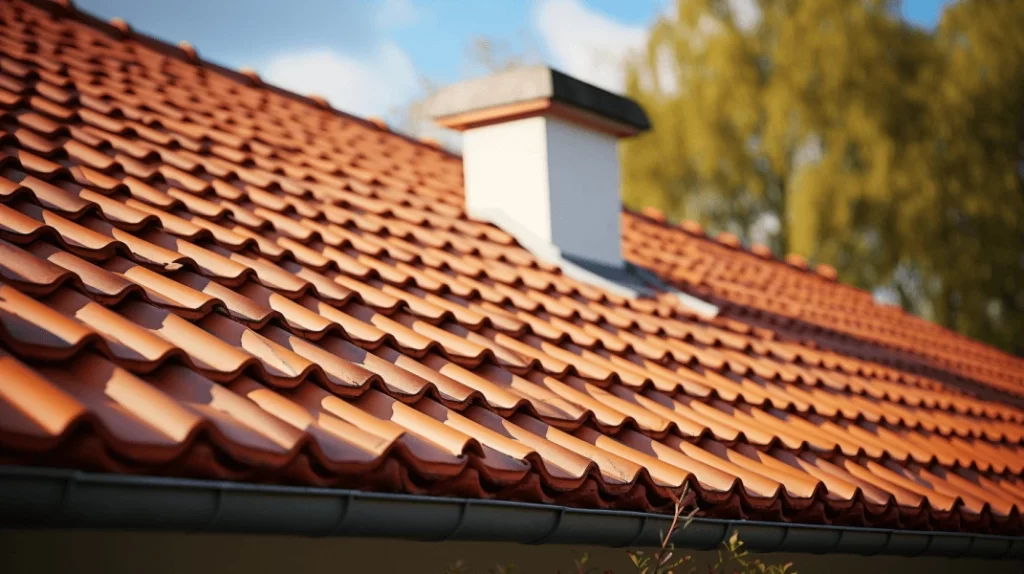When it comes to safeguarding our homes, the roof stands as the primary shield against natural adversities. Roofing insurance claims, though crucial, can often be daunting. With technical jargon and intricate processes involved, it becomes imperative for homeowners to have a clear understanding. That’s why Mend Roofing, a leading roofing company in Spring, has curated this guide to answer the most pressing questions surrounding roof insurance claims.
1. Why is Roof Damage Coverage Essential?
Your roofing acts as the frontline defense against calamities like storms, hail, or heavy winds. When these adversities strike, they can inflict significant damage, leading to potential safety hazards and considerable repair costs. Insurance coverage ensures homeowners can swiftly address these damages without the looming worry of large expenses.
2. What Types of Roof Damages are Typically Covered?
Storms, Hail, and Wind Damage
Most homeowner insurance policies, especially those offered by reputed roofing companies in Spring Texas like Mend Roofing, cover damage resulting from natural calamities, which includes:
- Storms: Heavy rainfall, lightning strikes, or blizzards.
- Hail: Damage from hailstones puncturing or bruising the roof material.
- Wind: Damage from powerful gusts tearing away shingles or other roof structures.
Vandalism and Fire
Events such as a fire breakout or acts of vandalism, which harm the structural integrity of the roof, are typically covered under the insurance policy.
Accidental Damage
Unexpected occurrences, like a tree branch falling on the roof, are also enveloped within the coverage in most policies.
However, it’s important to note that damages stemming from negligence or general wear and tear might not be covered.
3. How is the Roof Damage Claim Process Initiated?
Once you detect damage:
- Document the Damage: Photograph and detail every visible damage. This documentation will be paramount when filing your claim.
- Contact the Insurance Company: Relay the extent of the damage. They will guide you on the subsequent steps and what documentation is needed.
- Assessment by Adjuster: The insurance company will send an adjuster to appraise the damage and estimate the repair costs.
4. How is Roof Damage Claim Amount Determined?
Your claim amount typically accounts for:
- Age of the Roof: Newer roofs might receive full replacement costs, while older ones might only get an amount reflecting the depreciated value.
- Material of the Roof: Premium materials like metal or tile might secure higher claims than asphalt shingles.
- Extent of Damage: Minor repairs might be compensated at lesser amounts than expansive damages necessitating a full roof replacement.
5. What if My Claim is Denied?
Should your claim be denied:
- Review Policy: Examine your insurance policy thoroughly to confirm the type of damage is indeed covered.
- Consult Professionals: A credible roofing contractor in Spring TX, like Mend Roofing, can offer expert opinions, helping you gather evidence to bolster your claim.
- Appeal: Armed with evidence and professional insights, file an appeal with your insurance provider.
6. What is the Role of Roofing Contractors?
Roofing contractors are instrumental in the claim process. They can:
- Offer expert opinions on the extent of the damage and the necessary repairs.
- Aid in documenting and providing necessary repair estimates.
- Advocate on behalf of homeowners during the adjuster’s assessment.
7. Can I Choose My Roofing Contractor?
Yes, homeowners retain the right to select their preferred roofing contractor. Choosing experienced contractors, especially those familiar with the insurance claim process, will ensure the best outcome.
In conclusion, understanding the intricacies of roofing insurance claims is paramount for homeowners. Whether dealing with damages post a natural calamity or an unforeseen event, having clarity on your policy and the claim process ensures you’re well-equipped to restore your roof’s integrity.







